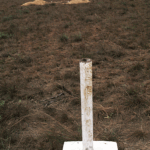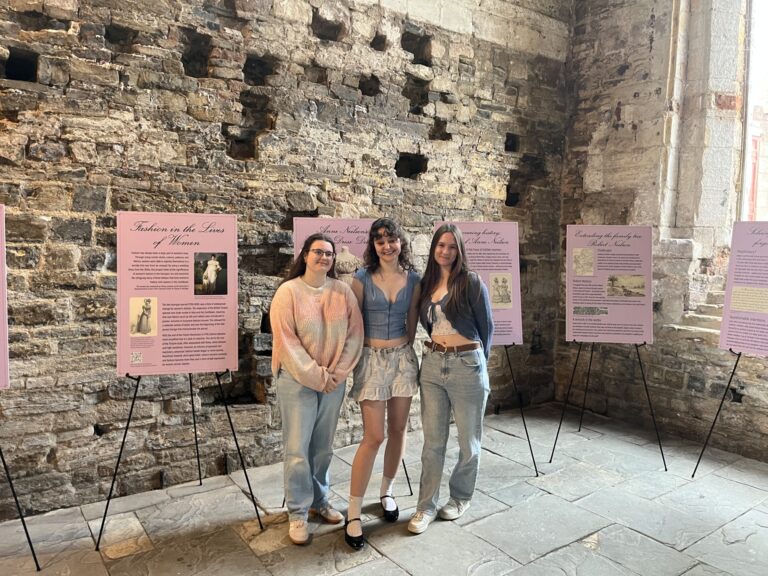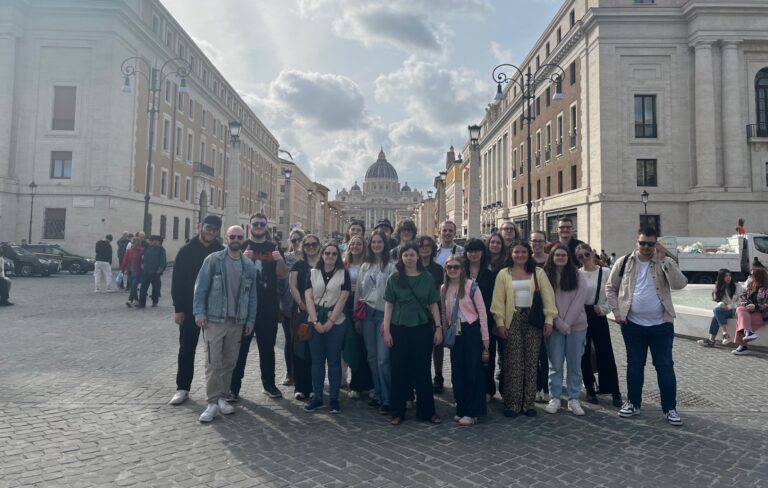| History
Memories & Media: the life of a little Italian village through the memories of its people
In academic circles, particularly in realm of more traditional subjects such as History, the use of social media such as Facebook and Twitter has always tended to divide opinion. On the one hand, the possibilities for communication between people from all walks of life mean that often important and sensitive subjects can be treated inappropriately. For me, this was highlighted somewhat in discussions which followed the recent passing of Nelson Mandela, particularly with regards to his involvement in ‘terrorist activities’ in the mid-20th century. The absence of a clear historical context was extremely frustrating as a historian (extensive ‘unfriending’ ensued!). However, there are instances which demonstrate the vast potential for social media to share, explore and discuss fascinating subjects, even if outside the academy. This was highlighted to me in the recent creation of a Facebook group about the little village of Casalanguida where I spent much of my childhood, and spend most of my holidays.
Situated on the slope of the Abruzzi hills, a region which is considered the northern tip of the ‘Mezzogiorno’, Casalanguida has an ageing population of under a thousand inhabitants. In many ways, it embodies the stereotypical view of a rural Mediterranean village centred around a church, where retired people sit outside discussing the issues of the day, from national politics to local gossip, and practically everyone knows one another. It holds a particular importance for me as it is where I lived as a child, it is where my grandparents, extended family and childhood friends still live, or at least return to for their holidays. It is therefore a place which holds many memories. However, these personal memories became recently intertwined with those of many others who live or that have roots in Casalanguida.
One of the local residents created a Facebook group called “Sei di Casalanguida se…” (“You are from Casalanguida if…”). In this group, people have been discussing the meaning and historical provenance of old sayings in the town’s local dialect, sharing traditional recipes of local dishes, recalling events from the past, and remembering individuals that are no longer around. One of the most interest aspects of this group is that the members have also been uploading photographs which go back to the turn of the twentieth century, including village celebrations of religious festivals (2), harvests, carnival (3), and commemorating the village’s proud musical marching band tradition (4). There are also images of the village during the Second World War, when the allied troops took the village over from the retreating Nazi forces, prior to the huge battle that took place over the Sangro river in November 1943 (5). There are also more personal memories of individuals, and specific characters from years gone by which are remembered by the members. A couple of images particularly relevant to me show my grandparents’ street just after the Second World War. Another shows my young grandparents, Domenico and Maria, together with my grandmother’s youngest sister (6). The people taking part in this group are not only from the village, but are from all over the world, including the United States, Argentina, Australia, Belgium, France, Germany and Azerbaijan. For me this Facebook group has given the often unspoken but shared memories a (virtual) place to reside. It demonstrates the potential social media has in bringing people together, reuniting people that have lost touch through their shared experiences of the past.




